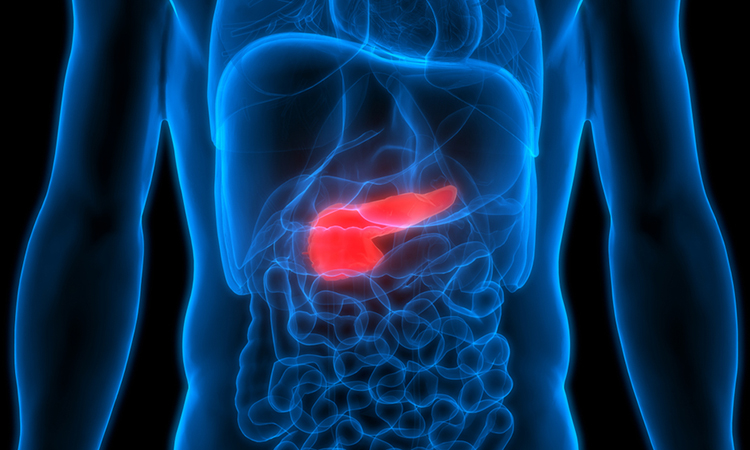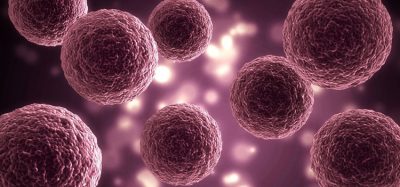Findings on pancreatic cancer could improve immunotherapies
Posted: 8 September 2022 | Victoria Rees (Drug Target Review) | No comments yet
Researchers have revealed the immune landscape and microbiome of pancreatic cysts as they progress to pancreatic cancer, providing targets for immunotherapy.


A research team from the University of California, San Francisco, US has outlined the comprehensive immune landscape and microbiome of pancreatic cysts as they progress from benign cysts to pancreatic cancer. According to the researchers, their findings, published in Lancet Gastroenterology and Hepatology, could reveal the mechanism of neoplastic progression and provide targets for immunotherapy to inhibit progression or treat invasive disease.
“This will have far reaching implications on how we think about utilising immunotherapies to treat certain types of pancreatic cancer and also potentially inhibit the formation and progression of cancer from pancreatic cysts,” said senior author of the study, Dr Ajay Maker.
The immune tumour microenvironment of the pancreatic intraductal papillary mucinous neoplasms (IPMNs) evolves during malignant progression. A tumour microenvironment is the cellular environment that surrounds a tumour and includes immune cells and a stroma that supports other cells and tissues. A tumour and its microenvironment are constantly interacting with the microenvironment influencing both healthy and abnormal cell development (dysplasia).
As neoplasms progress from low-grade dysplasia to high-grade dysplasia and then to invasive carcinoma, a cytotoxic immune response rich in CD8+ T cells changes to an immunosuppressive environment with a measurable inflammatory response.
The researchers suggest that therapies that support cytotoxic T cells could be ideal for IPMNs with low-risk disease, whereas treatments that target regulatory T cells, myeloid-derived suppressor cells and inhibitory macrophages could play a role in reducing malignant progression and treating high-risk disease. In addition to the treatment of IPMNs with an associated invasive carcinoma, addressing the immune tumour microenvironment could prevent the progression of IPMNs at high risk of malignant transformation.
The researchers discuss that with progressive amounts of dysplasia, the tumour microenvironment shows an increase in the concentration of pro-inflammatory and cyst fluid cytokines, which is indicative of a T-cell immunological response. The team’s research suggests that evaluation and characterisation of the immune response to IPMNs could allow for early diagnosis and potentially enhance treatments to halt progression or treat invasive disease.
The researchers also suggest that further studies addressing the tumour immune microenvironment of pre-invasive lesions are needed, including assessment of main-duct disease compared with branch-duct disease.
Related topics
Disease Research, Immuno-oncology, Immunotherapy, Oncology, T cells
Related conditions
Pancreatic cancer
Related organisations
University of California San Francisco
Related people
Dr Ajay Maker








